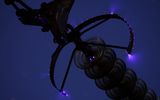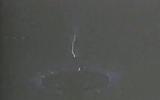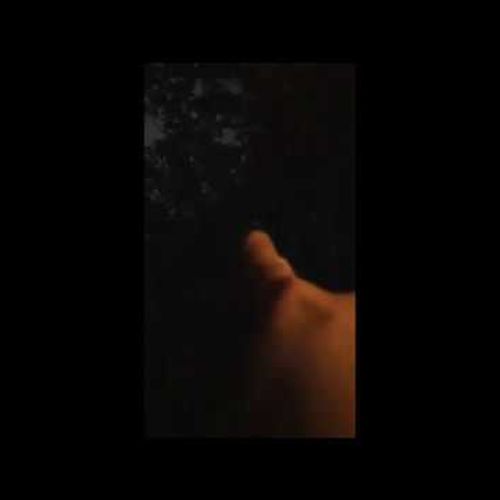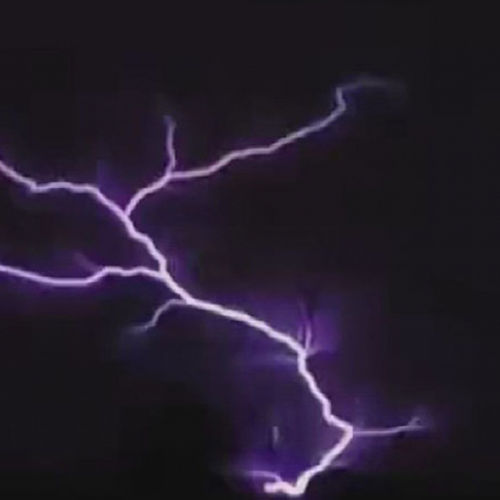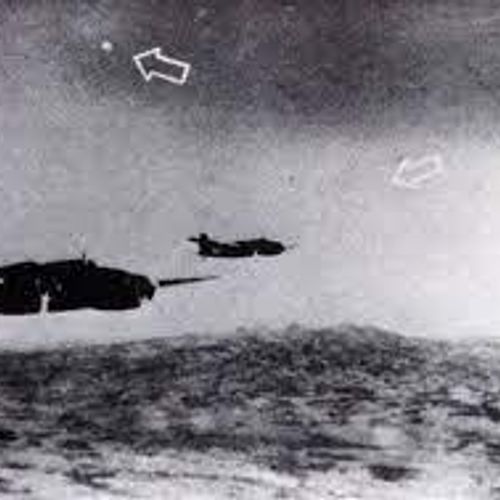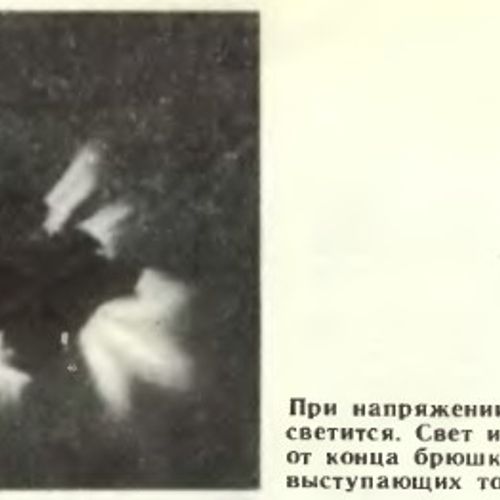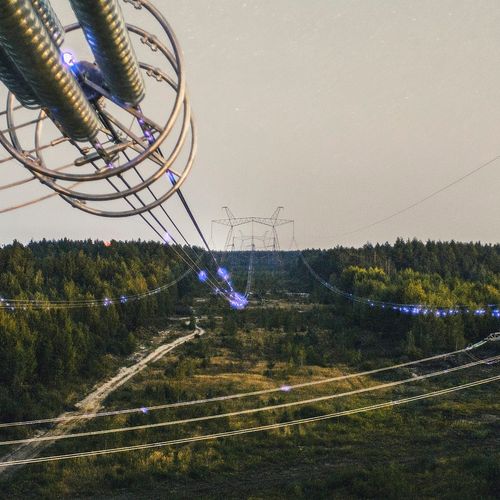
| Added | Fri, 07/10/2016 |
| Sources | |
| Феномены | |
| Version type |
A continuous spark, which is usually described as a "blue flame" on the tops of ship masts, airplane wings, flagpoles, spires, street lights, trees and other tall pointed objects, where a smaller surface area requires less voltage to attract oppositely charged particles to each other. Sometimes it looks like small lightning bolts on the surface.
Occurs in places where the electric field strength around the conductor exceeds the electrical strength of the air. This is often observed as a bluish glow in the air next to pointed metal conductors through which a high voltage passes, and emits light with the same property as a gas-discharge lamp. I.e., under the influence of a disturbed electrical balance, the molecules of the gases composing the air are torn (which is sometimes accompanied by a quiet hissing sound), and as a result of this process, electromagnetic energy, which we perceive as a glow.
The flame does not burn and does not cause ignition.
In the air, corona discharges generate gases such as ozone (O3) and nitric oxide (NO), and, in turn, nitrogen dioxide (NO 2), and, consequently, nitric acid (HNO 3), if water vapor is present. These gases are caustic and can decompose nearby materials, as well as toxic to humans and the environment.
Related facts
Related news
Log in or register to post comments
